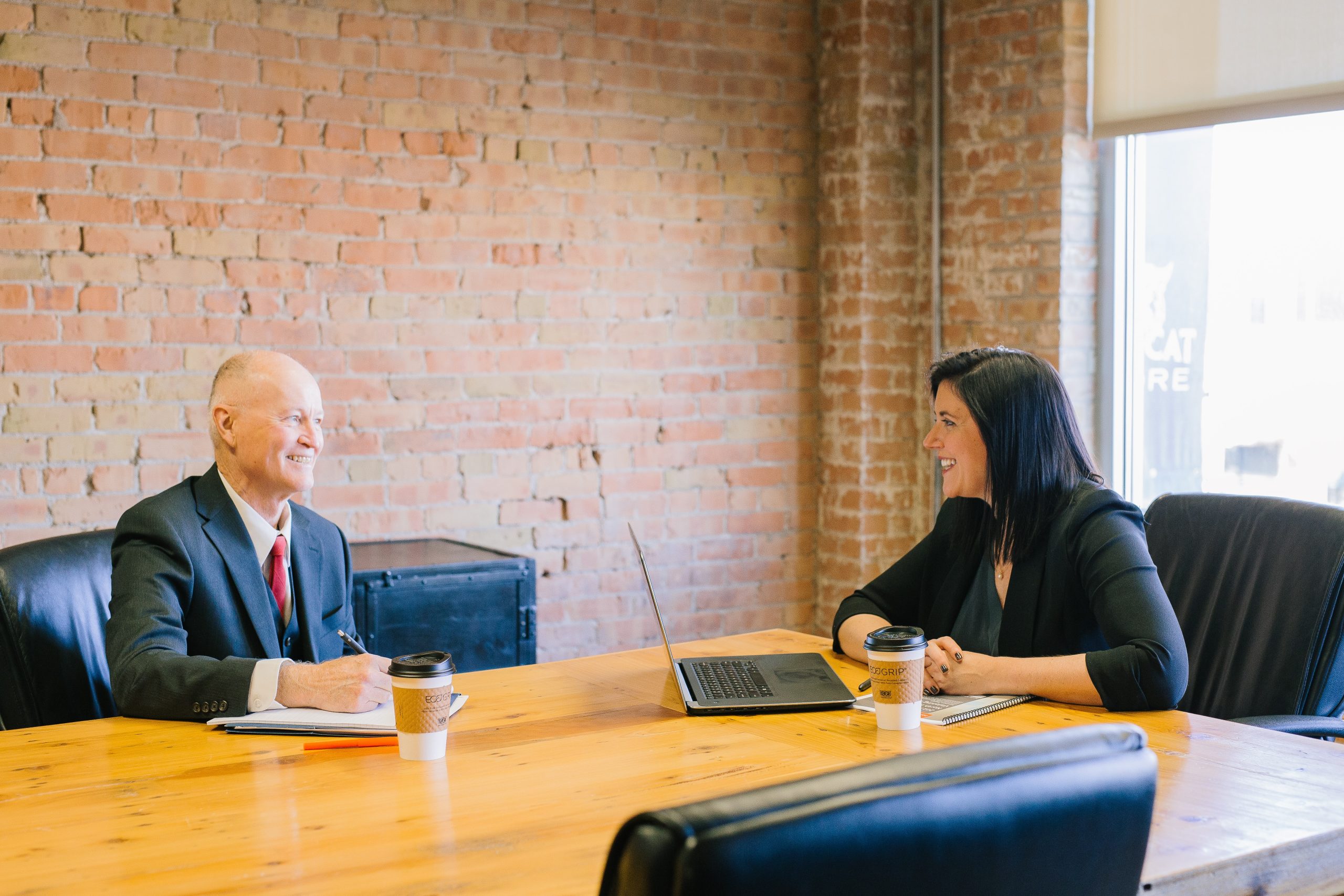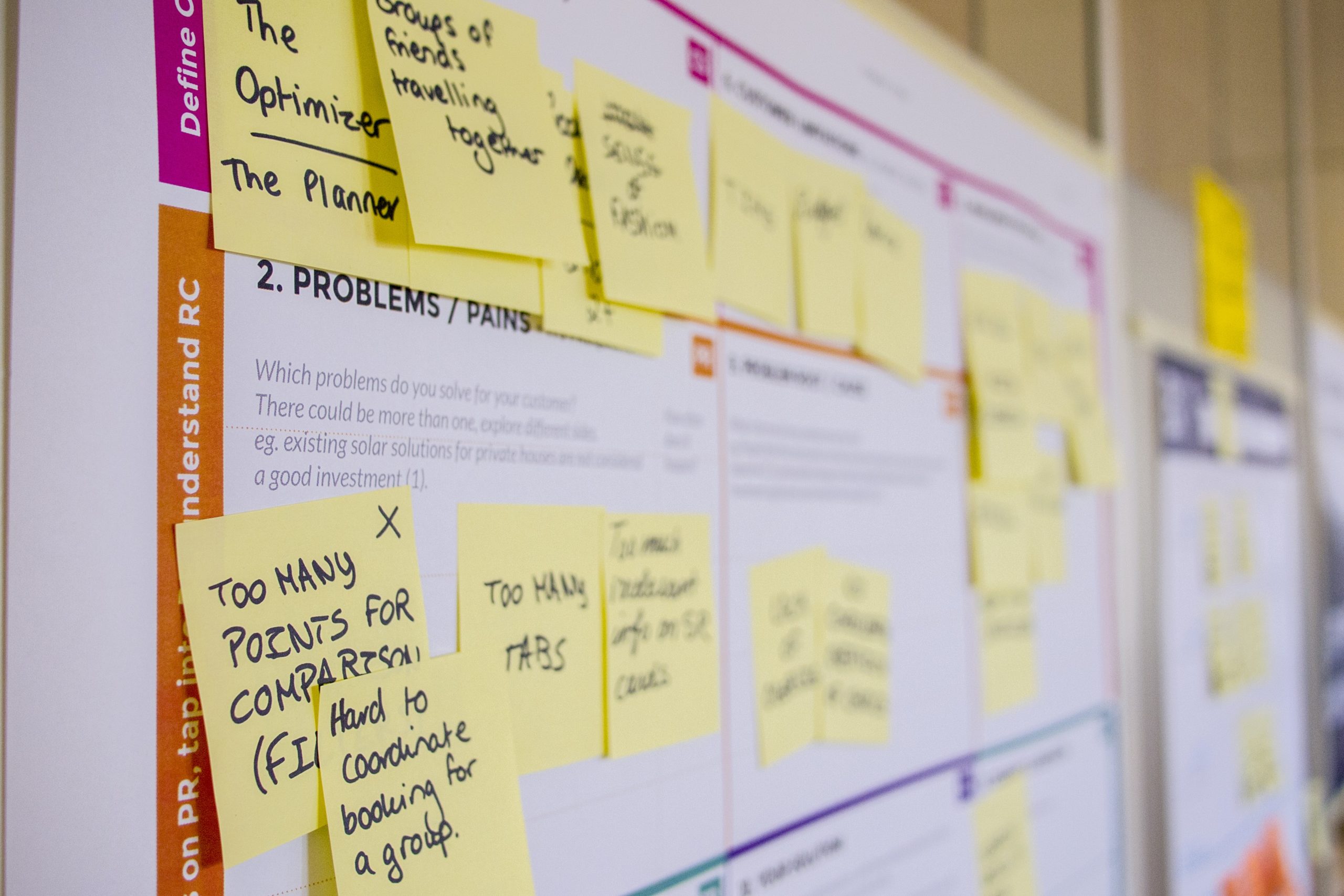Why You Can be Optimistic about Your Deferred Maintenance
By Nathan Woods, AIA, NCARB
April 5, 2022Post Tagged in
 |
As we begin to enter the endemic stage of COVID-19, the “new normal” is starting to feel more and more like the “old normal.” While that brings with it the joys and opportunities of seeing our students, faculty, and staff returning to college campuses across the country, it also means that the challenges that have had to take a back seat during the pandemic are now critical needs that must be addressed. One of these needs is the dreaded “deferred maintenance.” However, despite the return of this daunting challenge, we believe the higher education community has reasons to look towards the future with optimism, and we have already seen institutions beginning to take advantage of these new opportunities in solving our old problems.
|






